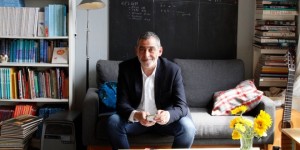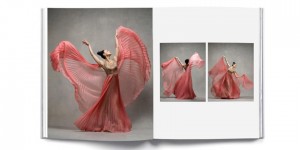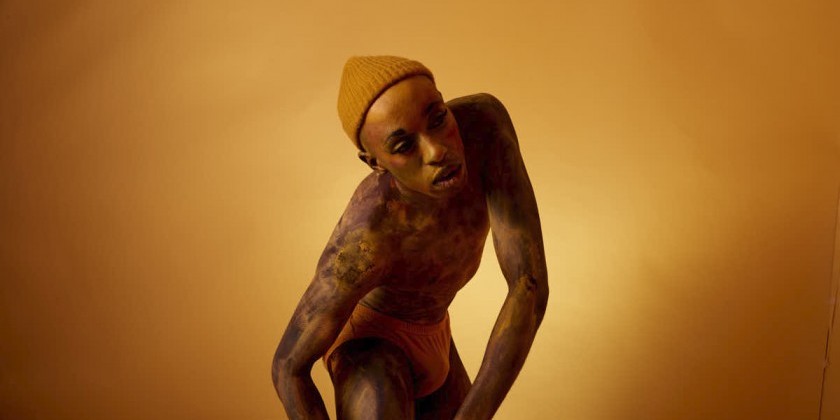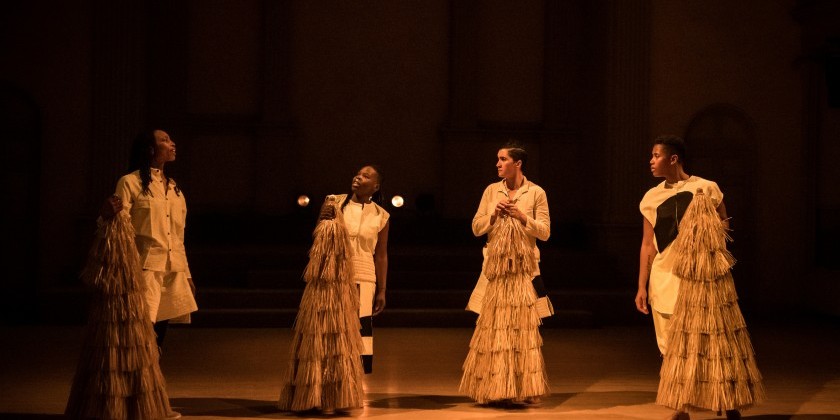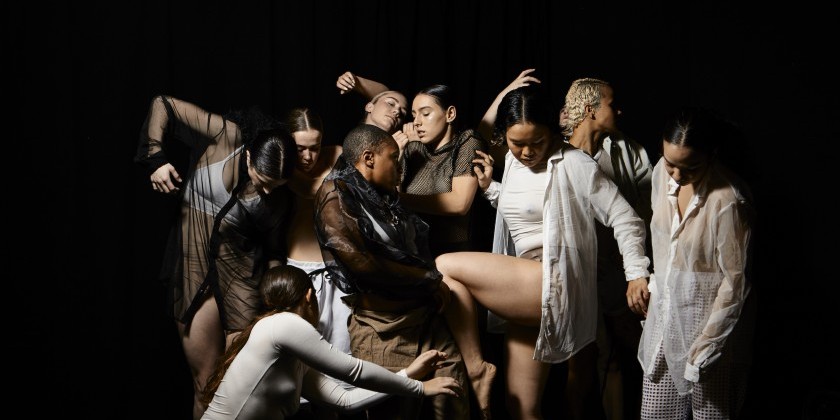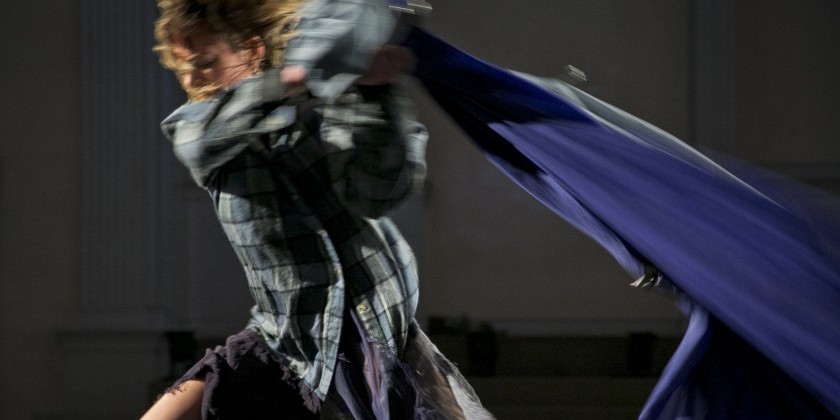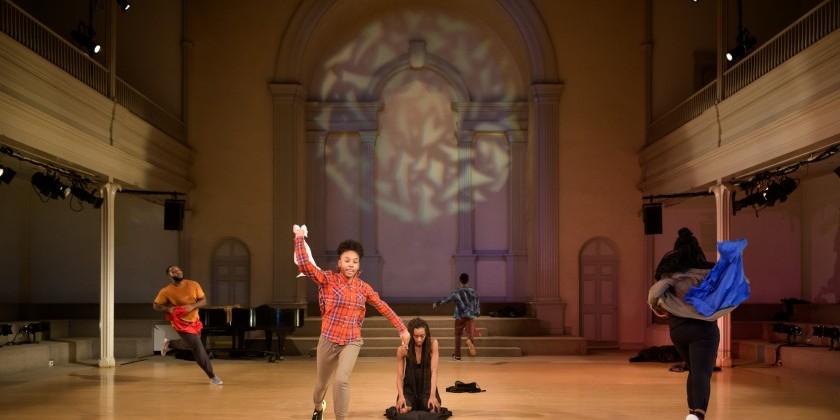Leyya Mona Tawil on Lime Rickey International’s "Unstoppable" at The Invisible Dog Art Center

Lime Rickey International’s Unstoppable
Creation and performance: Leyya Mona Tawil
November 2 & 3, 2018, 8PM
Invisible Dog Art Center
$10 Suggested Donation
RSVP required
Growing up in the Detroit suburb of Livonia, artist Leyya Mona Tawil studied dance and played piano and cello while listening to Arabic music and learning the folk dance dabke at family gatherings. Tawil, whose father emigrated from Syria in the 1950s and her mother’s family from Palestine in the 1940s, continues to be influenced by Western contemporary and Levant regional forms. She established herself as a performance artist first in Oakland, CA where she founded the Temescal Art Center and later as a bi-coastal artist. (She now splits her time between California and New York with periods abroad).
This week, her alter ego, the green wig-wearing Lime Rickey, explores Arab Experimentalism in a fictionalized yet-to-be-discovered place in the future at The Invisible Dog. After returning from a fellowship at the Kone Foundation in Finland, Tawil spoke to The Dance Enthusiast about the birth of Lime Rickey in anticipation of her performance of Unstoppable. These are excerpts from the conversation.
Trina Mannino for The Dance Enthusiast: How did you develop the character of Lime Rickey?
Leyya Mona Tawil: As far back as 2011, I had been appearing in Oakland as Lime Rickey to host benefits at my space or a special event. At that point, she didn’t sing or dance. She was a character that I named who dressed in a futurist way with sequins or something shiny . . .
In 2016, I started singing in the studio. It came out of a grieving, sad place. When I first started writing about Lime Rickey, I referred to this singing as weeping. I knew if I wanted to pursue this thing — songwriting — that I wasn’t ready to pursue them as Leyya . . . A lot of the dance work that I had done was with musicians. I thought if I started to make my own sound while surrounded by musicians that it would feel ostentatious. I was protective of what was coming out of those rehearsals . . . But I knew that this was something Lime Rickey could do based on her personality.
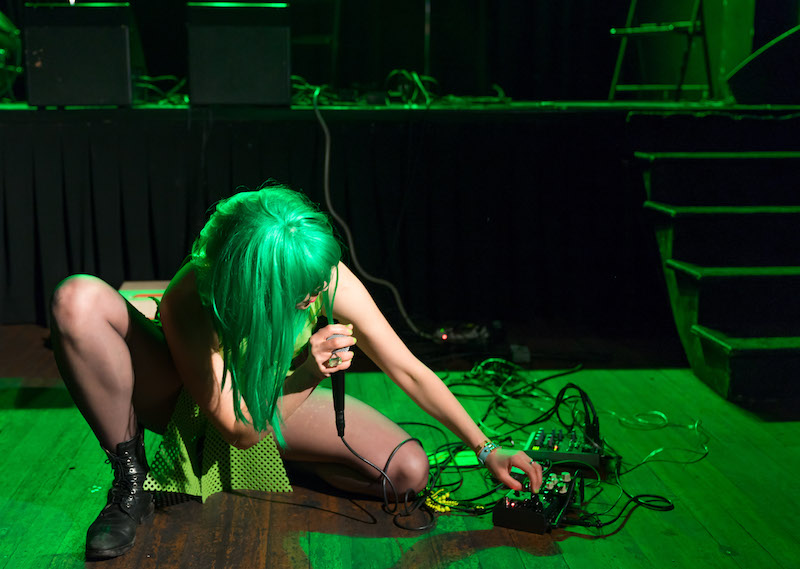
What was the source of the sorrow?
Tawil: As a Palestinian and Syrian, I was watching these two very different [political] situations . . . I created work from a Palestinian perspective before, but what has been happening in Syria is relatively recent. I began to think how do I place this information? Not only about the resistance and oppression fight in Palestine but the fight for the lives of Syrians. I was at a breaking point . . . Being on this planet, making dances and music, I decided that through Lime Rickey was how I was going to deal with it.
What about her name? Why did you name her after a drink?
Tawil: I knew she had to be green. I’ve always been attracted to that color . . . A Lime Rickey drink is effervescent. It sparkles and disappears, which seemed fitting for her . . .
TDE: In your dance work outside of Lime Rickey, you have a history of incorporating experimental music. In Unstoppable, there’s a strong music component, albeit a more ancient form. How have you been able to bridge those two worlds — new and old — in this work?
Tawil: Dance and music was always part of my life . . . Those forms are always combined to me. They’re transdisciplinary. When I was making dances, I was always making music through collaborators and directing musicians. I would always hear the music that I was looking for and then I would find the right collaborators to make it. But what’s exciting about Lime Rickey is I can feel what I want the work to sound like and then I have to find it . . .
Lime Rickey’s tagline is noise and nation. My love is experimental music, which includes sound art, noise, and free improvised music. Thinking about the Arabic influences on a music level, I’m influenced by Maqam and the concept of Tarab. Maqam is technical and specific. It’s a melodic form that’s not based on a Western tonal structure. I’m interested in these forms for their use of repetition . . . The lyrics of a Maqam piece are discreet — usually only a few lines. But they’re sung over and over again with variations and ornamentations to evoke different emotional states.
When I say Lime Rickey is influenced by Maqam, it’s the element of repetition that I'm focusing on rather than it’s tonal structure. But I have been trying to hit specific notes in my lessons. Tarab refers to the ecstatic state that you get from repetition. A lot of Lime Rickey’s songs are two to five words long but how they repeat allows her to go many, many places.
I’m using these concepts of Arabic music through the realm of noise. I’m using voice and effects. I don’t use samples and it’s all built live. Even though they’re composed songs, there’s an element of improvisation. You never know how the effects are going to meet your expectations. And every time you’re in a new room, you have to adapt . . .
TDE: How is dabke, a communal dance form, used in this solo performance?
Tawil: When Lime does the folk-dance sections, even if you don’t understand dabke, you can recognize that she’s doing folk steps whether it’s stomping or repetition. I call it future folk dancing — it’s an adapted form. To see a solo creature doing this dance, that’s part of [illustrating] the isolation of the character. She’s alone. She’s singing to a place that doesn’t exist yet. She’s doing it to conjure to the future.
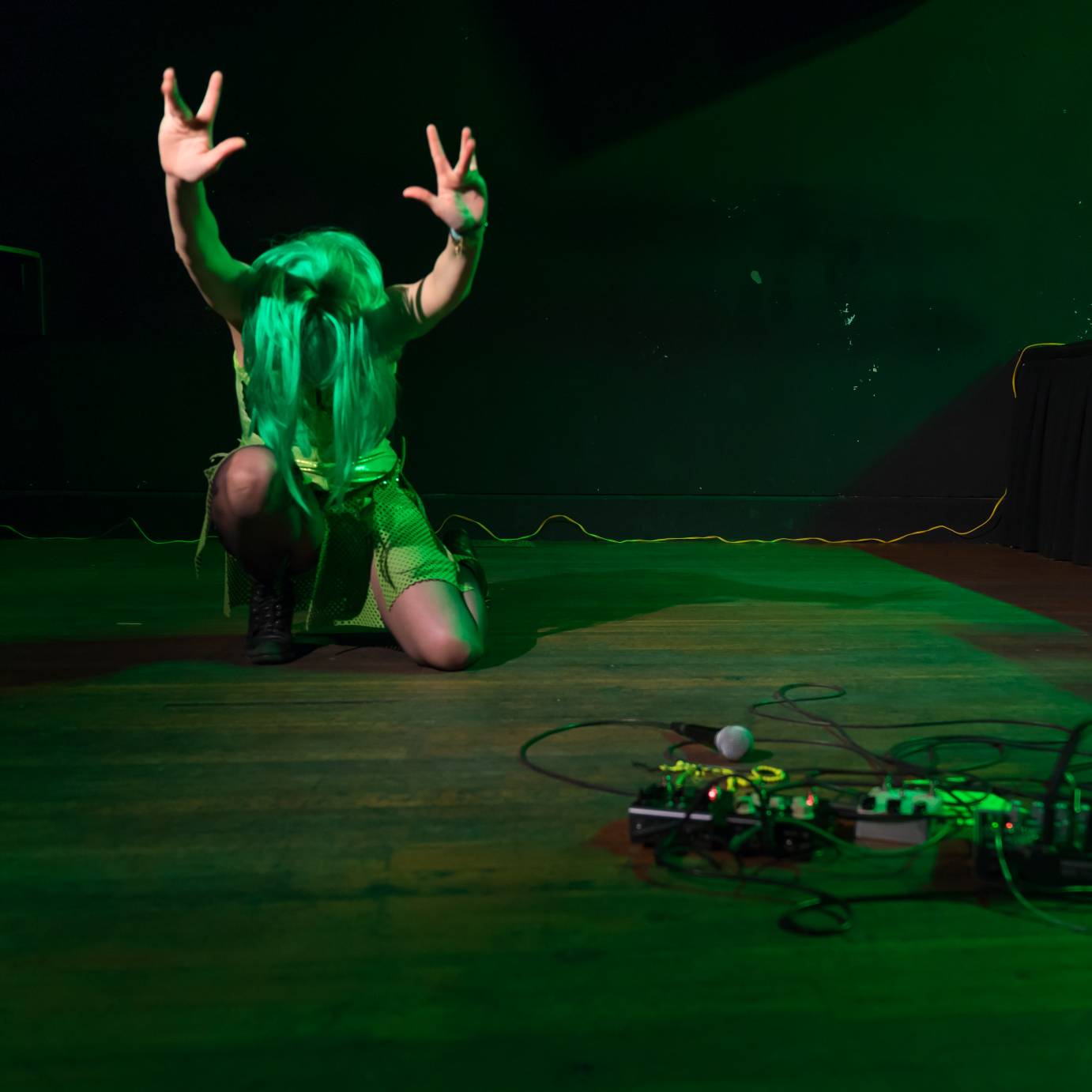
TDE: How does being a bi-coastal, sometimes international, artist impact your work?
Tawil: I make location-based work, meaning I create wherever I am with the artists living in that particular place . . . You learn what makes each place unique, both on a technical and aesthetic level . . . Through this process, I learn about the differences in the world, but more importantly I learn what is similar. Most dancers around the world have the same ethos — why they’re dancers. There’re no borders regarding that. They have a certain heart . . .
How this effects Lime Rickey is different, because it’s a solo practice. I have yet to perform her in the Arab world. But I’m excited and nervous at that chance. I don’t know how the work will sit there . . . It’s interesting wherever I am to observe how audiences read her. Some will recognize the Arab elements in it. For example, in Germany, where Arabic culture is so present — the country has taken on significant numbers of refugees and immigrants — even the people in the audience who weren’t Arabic could see those influences . . .
TDE: What’s next for Lime Rickey?
Tawil: I’ve been touring Unstoppable for a while, the work coming up at The Invisible Dog, which includes Rickey’s early songs. I call it a five-song cycle. It’s Lime Rickey’s coming out. I think of it as her migration story. It’s a prelude to Future Faith, which will premiere at Abrons Art Center in 2019. Unstoppable shows how she got here, but Future Faith is about a more diasporic experience.
The Dance Enthusiast Asks Questions and Creates Conversation.
For more of The Dance Enthusiast Asks, click here.
Share your #AudienceReview of the festival or others for a chance to win a prize.





